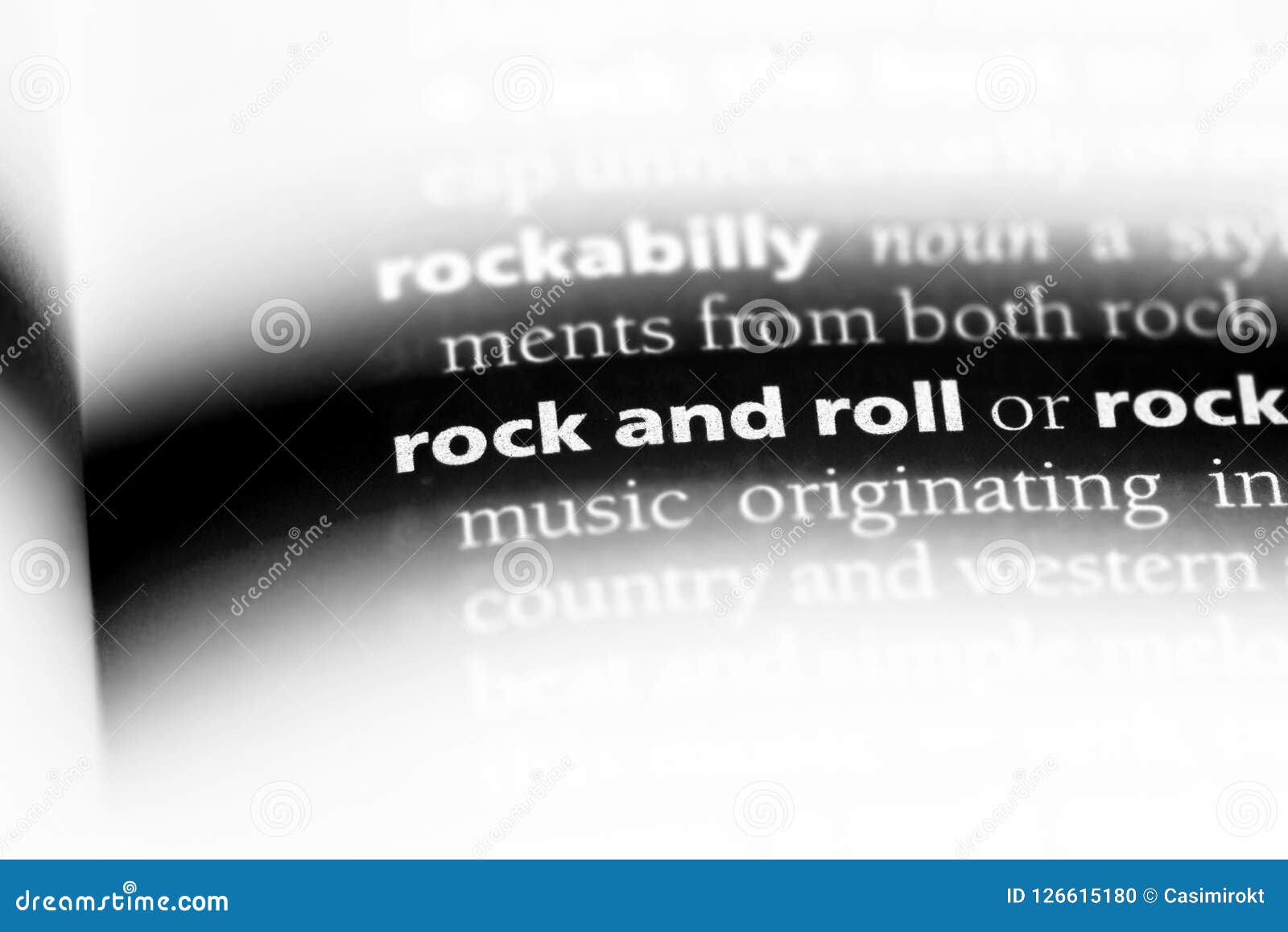
The end of the decade also marked a major coming-of-age for the genre when Jimi Hendrix, a former soldier, created one of the defining cultural moments of the decade with an incendiary performance of ‘The Star-Spangled Banner’ in protest against the Vietnam War. Pepper’s Lonely Hearts Club Band, while Pink Floyd dropped their ultra-experimental studio album, Ummagumma.

New bands such as The Beatles were formed in Liverpool while The Rolling Stones, heavily influenced by blues and R&B, emerged in London.ĭuring the Swinging Sixties and the Summer of Love, rock music took cues from the hallucinogenic drug scene. Over in the UK, skiffle bands (a unique subculture with a DIY ethos, inspired by American folk, jazz and blues) had been looking enviously across the pond for years. Pop was the bubbly offshoot designed for mass appeal, while rock retained more of the gritty essence of the original. Interested in rock ‘n’ roll music for an upcoming project? Make sure you check out our 1950s rock ‘n’ roll playlist.ĭuring the 1960s, rock ’n’ roll split into two disparate genres: pop and rock music.

And Elvis Presley, who was deeply influenced by black music and became an early musical sex symbol, was immortalised as ‘the King of Rock ‘n’Roll.’įind out more about rock ‘n’ roll’s black roots in our timeline video below. Naturally, it spread like wildfire and by the end of the 1950s, anyone who was anyone was listening to it.Īrtists such as Chuck Berry, Little Richard and Fats Domino made undeniably contagious music that was perfect for dancing, with its stomping 4/4 beats and simple, memorable chord structures. Suburban American teens had never heard anything like it, and with its raw energy and sexualised lyrics, it was soon being blamed for the erosion of traditional values. The influential Cleveland-based DJ Alan Freed became an evangelist for rock ’n’roll, and along with DJs in Memphis and Nashville, played a huge role in popularising the genre. Rock ’n’roll’s immortal alignment with sex and drugs were all part of this heady mix. It came to the fore in a combination of postwar permissiveness and new spending power, especially among white suburban youngsters – it’s no coincidence that the word ‘teenager’ also came into popular use around this time. Rock ’n’ roll catered, first and foremost, to teenagers.

The term rock ’n’ roll supposedly derived from an African-American slang for sex, and the musical term stuck. Rock ’n’ Roll: The Early Yearsĭuring the late 1940s to early 1950s elements of the major genres of the time aligned – sparked largely by black musicians – to include raunchier lyrics and performance styles. The History of Rock ’n’ Roll What is Rock Music?Ī melding of such as rhythm and blues, jazz, boogie-woogie, blues, gospel and rockabilly, coupled with raunchy lyrics and punchy performance styles, rock ’n’roll is a truly American genre with a rich and complex history, marked by musical experimentation and an anti-establishment attitude. Join us on a journey through the different ages of rock ’n’roll and along the way, check out the great rock music in our catalogue on our Discover page.

The truth is, rock ’n’ roll is a mash-up of genres that aligned at the perfect time, just as people emerged from the trauma of the Second World War craving a complete break from the recent past, and with money to spend. We love rock ’n’ roll: well, it’s hard not to, with its sexy, totally exhilarating back story, and the way it continues to evolve and remain relevant.Īlmost 80 years after it burst on to the scene in the United States, the jury’s still out on who actually invented it.


 0 kommentar(er)
0 kommentar(er)
